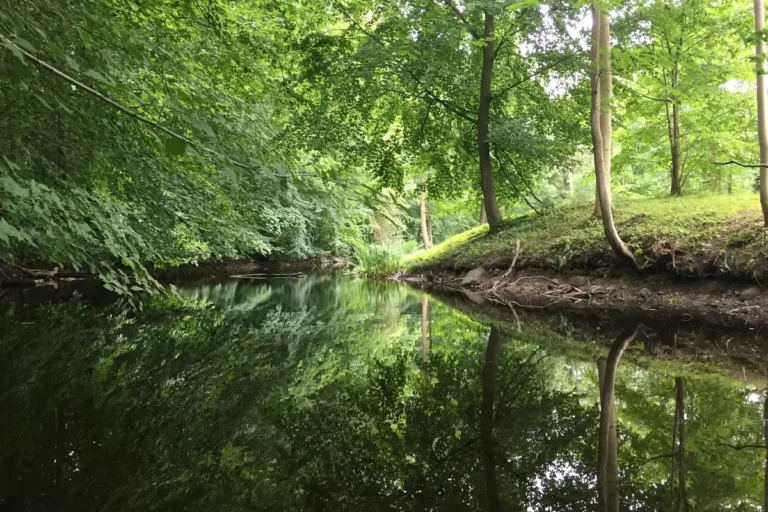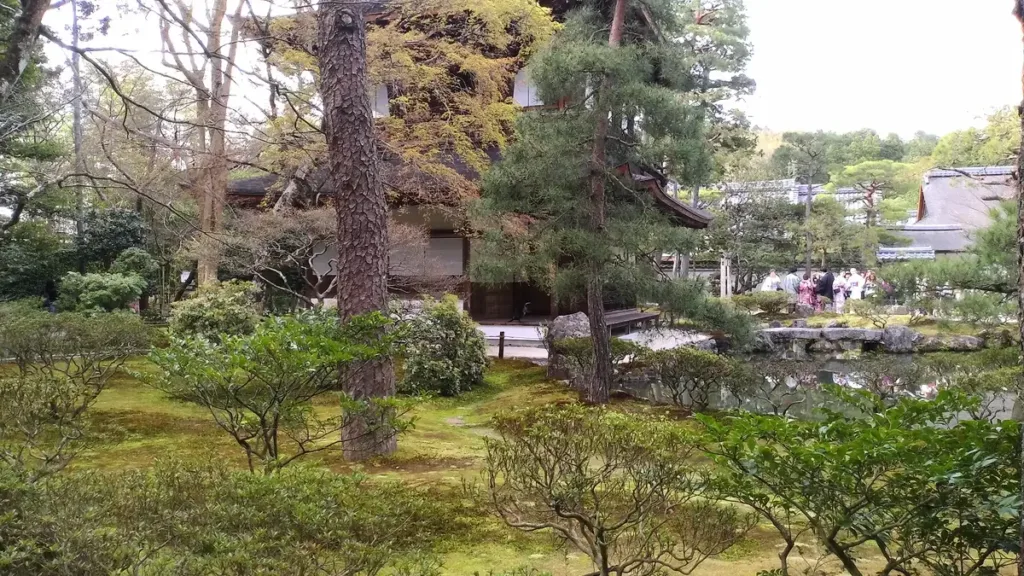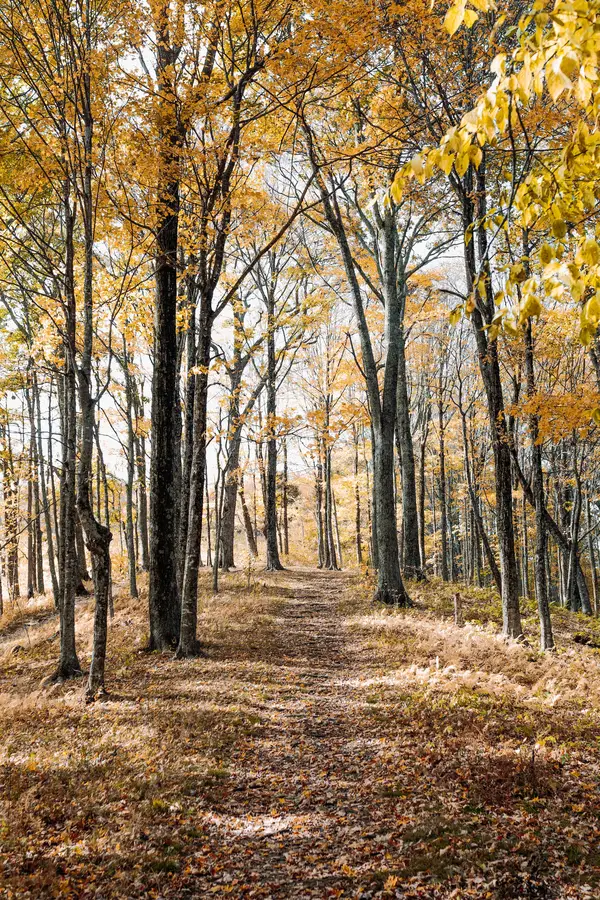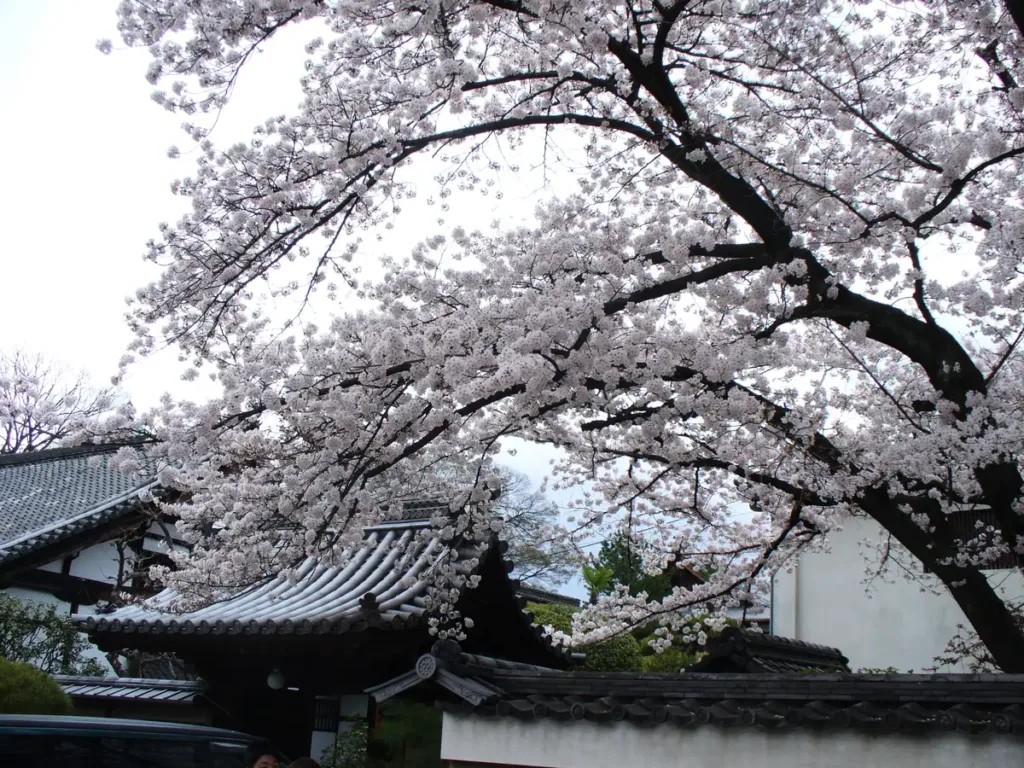Shinrin-yoku: The Healing Power of Forest Bathing
This post may contain affiliate links. This means that we may receive a small commission from purchases through those links. Read more in our affiliate disclosure.
- Introduction
- Introduction to Shinrin-yoku
- Scientific Evidence: A study of Shinrin-yoku Across Japan
- The Physiological Effects of Shinrin-yoku
- The Psychological Effects of Shinrin-yoku
- The Relationship Between Physical Environmental Factors and Psychological Effects
- The Implications of Shinrin-yoku for Health and Wellness
- Practical Tips for Practicing Shinrin-yoku
- Conclusion: The Future of Shinrin-yoku
Introduction to Shinrin-yoku
The Japanese have a term for something we hikers have probably been doing without a name for it – Shinrin-yoku. Literally translated, it means ‘forest bathing’, but there’s a lot more to it than taking a dip in a wooded area. It’s a mindful immersion in nature, a way to engage all five senses and bask in the tranquility of the great outdoors. Originating in Japan in the 1980s as a public health initiative, Shinrin-yoku has become an integral part of the country’s preventive health care and healing in their medicine system.
Now, why is there a growing interest in such a practice? It’s no secret that we live in a fast-paced, high-stress world. Between juggling work, personal life, and the constant barrage of notifications, it’s easy to feel overwhelmed. Forest bathing offers an opportunity to slow down, reset, and reconnect with nature, and a plethora of research suggest its potential benefits for our physical and mental health.

Scientific Evidence: A study of Shinrin-yoku Across Japan
A series of field experiments, published in the journal Environmental Health and Preventive Medicine, across 24 forests in Japan provides scientific backing to the anecdotal evidence of the therapeutic effects of Shinrin-yoku. The participants were split into two groups: One group took a walk in a forest while the other walked in a city area. The next day, they switched places.
Physiological measurements, including salivary cortisol level, blood pressure, pulse rate, and heart rate variability, were taken on the day before the experiment, during the walks (in the morning and afternoon), and on the day after the experiment. It’s a thorough and thoughtful approach, allowing for a comparative and comprehensive analysis of the effects of forest and city environments on human health.

The Physiological Effects of Shinrin-yoku
According to the study, the forest environment had a profound effect on the physiological states of the participants. Cortisol levels, a primary stress hormone, were significantly lower in individuals after they walked in the forest, compared to walking in the city. Similarly, pulse rate and blood pressure showed a marked decrease in the forest environment.
Heart rate variability, which is a measure of how heart rate changes from beat to beat, also changed. Higher variability indicates that the body is showing an excellent response to changes in the environment – a good thing. The forest walkers had increased heart rate variability, suggesting that the forest environment could help improve the adaptability of individuals to stress.
The Psychological Effects of Shinrin-yoku
Along with the physiological measurements, the researchers also assessed the psychological effects of Shinrin-yoku, using the Profile of Mood States (POMS) test, a recognized psychological test that measures mood states like tension, depression, anger, fatigue, and confusion.
The findings? Participants reported a significant decrease in negative mood states and an increase in vigor after walking in the forest compared to the city. In simple terms, they felt less tense, less depressed, less angry, less fatigued, and less confused. That’s quite an impressive list of benefits from just walking amongst trees!
The Relationship Between Physical Environmental Factors and Psychological Effects
The science behind Shinrin-yoku gets even more fascinating when we consider the role of physical environmental factors. The researchers measured relative illumination, relative humidity, and atmospheric pressure during the experiments. They found some intriguing correlations between these environmental factors and psychological effects.
For example, higher relative illumination was associated with lower levels of depression, while lower atmospheric pressure was linked to reduced confusion. This implies that the physical characteristics of a forest, such as the play of light through the tree canopies and the gentle shift in atmospheric pressure, can directly influence our psychological states.
The Implications of Shinrin-yoku for Health and Wellness
What does this all mean for us? The research paints a compelling picture of the potential benefits of Shinrin-yoku for stress management, health promotion, rehabilitation, and disease prevention.

Practical Tips for Practicing Shinrin-yoku
If you’re interested in experiencing the benefits of Shinrin-yoku, here are some tips on how to incorporate it into your own life:
- Choose the right environment: You’re looking for a natural area where you can feel at ease. It doesn’t necessarily need to be a large, wild forest – a small city park can do the trick, provided there are plenty of trees and it’s somewhat quiet. The goal is to create a sense of distance from the hustle and bustle of modern life.
- Engage all your senses: Pay attention to what you can see, hear, smell, touch, and even taste. Look at the shapes and colors of the trees and plants around you, listen to the rustling of leaves and chirping of birds, smell the scent of leaves and earth, feel the texture of bark, and taste the fresh air.
- Walk slowly: There’s no rush. This is not about physical exercise, but rather about immersing yourself in the natural surroundings.
- Try to clear your mind: This can be hard, especially if you’re not used to it, but try to let go of any thoughts about your daily concerns and responsibilities. Simply focus on the here and now.

Conclusion: The Future of Shinrin-yoku
Shinrin-yoku can be seen as part of a larger shift towards recognizing the importance of our relationship with nature. This is reflected in emerging disciplines such as forest medicine and ecotherapy. We’re beginning to realize that maintaining our health isn’t just about diet and exercise, but also about how we interact with our environment.
In a world where stress and burnout are increasingly common, Shinrin-yoku offers a chance to slow down, recharge, and reconnect with the natural world. It’s a gentle reminder that we’re not separate from nature, but a part of it. As we move forward, let’s remember to take the time to immerse ourselves in the green, to listen to the leaves rustle in the breeze, and to truly feel alive in the great outdoors. It seems the forest is more than just a place to hike – it’s a place to heal.



